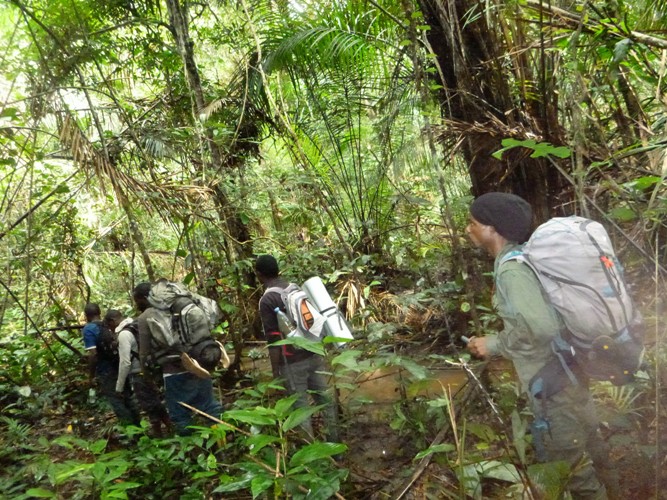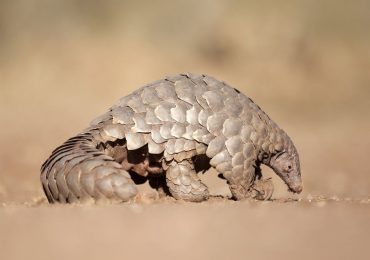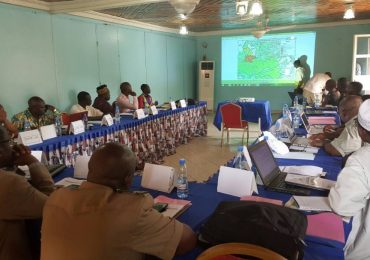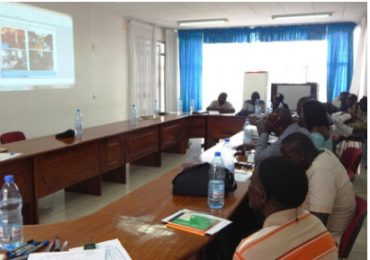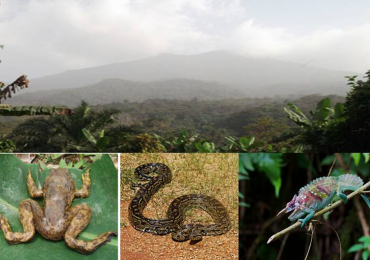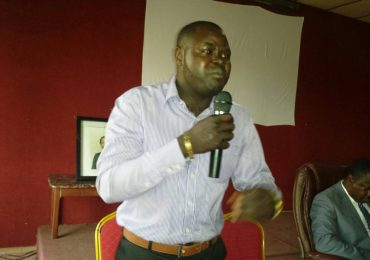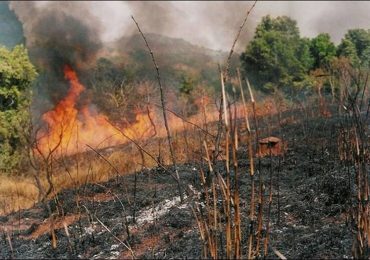The Deng Deng National Park was created to save the wildlife that would have destroyed as a result of the LomPangar Damis located some 50km South East of the Mbam and Djerem East of Cameroon. The park is currently about 224 square miles in size and harbors most of the northern population of the lowland gorilla.
Since creation in 2010, the park has been engaged in several projects aimed at keeping alive over 900 lowland gorillas and several chimpanzees all of them globally threatened on the red list of the International Union for the Conservation of Nature (IUCN).
According to the Conservator of the Park, Memvi Abessolo, the initial objectives behind the creation of the park was the need to guarantee the proper management of the local biodiversity in Deng Deng following the meteoric rise in population resulting from the launch of the project for the construction of the Lom Pangar Dam in the region and the influx of people in search of jobs and settlement.
Besides the known populations of Gorillas and Chimpanzees, Deng Deng is also known for its vast potentials notably of mammals like elephants, hippopotamus, pangolins and yellow backed duikers.
Six years down the road, the park has successfully increased the number of western lowland gorillas from 730 as at 2010 to 988 according to a transect survey conducted in 2012.
Working in close collaboration with the nearby Mbam and Djerem National Park and with financial and material support from the Ministry of Forestry and Wildlife, The World Bank, Electricity Development Corporation (EDC) French Development Agency (AFD), BRL Ingenierie and SFAB companies constructing the Lom Pangar Dam, the park has been able to conserve a vast area of forest landscape in Eastern Cameroon.
The linking of the Deng Deng National Park to the Dja Fauna Biosphere Reserve through conservation corridors is the key strategy to ensure the long term sustainable management of key biological population in these biodiversity hotspots.


